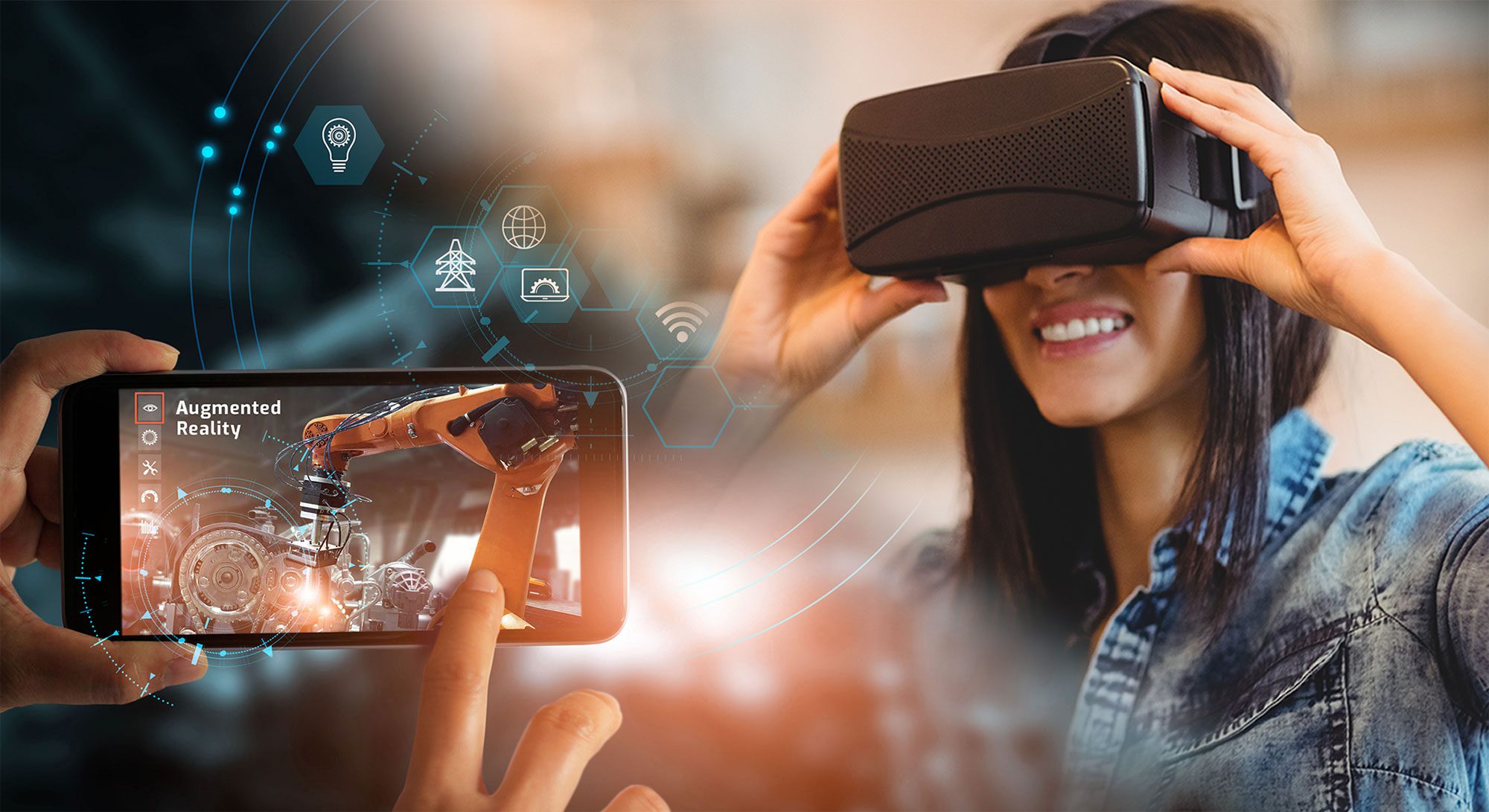Technology over the past two decades has bridged the gap between the physical and virtual worlds. One such innovation that underwent this transformation in advance is augmented reality. It is no longer a fictional dream but a reality now, which is changing industries and our lives. But what is augmented reality precisely? Let’s dive in to understand its definition, examples, and uses.
What is Augmented Reality?
Augmented reality is a technology overdrawing digital elements onto the real world. As opposed to virtual reality, which is all about being plunged into a completely digital environment, augmented reality actually combines virtual enhancements with physical surroundings in real-time.
The ability to visualize cameras, sensors, and complex algorithms is provided by AR. For example, in the case of an individual using an AR application, the device will detect the patterns and objects and introduce virtual visuals, such as 3D graphics or information, to what he will actually be viewing in the real world.
AR vs. VR: The Key Difference
While virtual reality and AR are mostly mentioned in one breath, the former is actually pretty different from the latter. In particular, whereas AR enhances real-world environments, virtual reality creates an utterly artificial environment.
For example, Virtual Reality could simulate the rainforest, which you could then go for a virtual walkthrough, whereas AR might transport this rainforest into your backyard and make it appear as if the virtual flora and fauna are entering your real world.
Practical Examples of Augmented Reality in Everyday Life
Already today, one feels actual excitement with the concept called augmented reality, creating tremendous effects in different branches. Below are a few examples:
1. Gaming
AR did give a revolution in gaming, one example of such a case is Pokémon GO, which projected virtual characters into real-life locations.
2. Retail
For example, IKEA’s AR application allows one to view what furniture might look like in their houses, while Sephora can virtually put makeup on its customers.
3. Health
Important information superimposition over the real-life view makes it helpful for surgeries. AR also helps in rehabilitation; it has been used for direct interaction therapies.
4. Education
AR makes for an interactive learning experience and, hence, an enhancement of learning experiences. For instance, the students may virtually visit a heritage place or conduct studies on the human body through the AR model.
5. Real Estate Industry
They will also be able to let buyers view properties by using virtual tours through augmented reality. It could also allow architects to present to clients very intricate 3D models of their ideas in such a way that really enhances the presentation.
Applications of Augmented Reality
AR, or augmented reality, is a high-end and innovative technology that finds broad applications in many industries, including:
1. Enhanced Customer Experience
These AR tools let customers try out a product before actually purchasing it. It’s about virtually fitting clothes and what a vacation destination looks like to make a decision that’s easier to make.
2. Marketing Innovation Concept
AR is a new dimension of advertisement whereby businesses can avail themselves of a form of publicity. With the help of this ad, people can interact with the product itself in real-time through the AR feature, which raises user interaction manifold, thereby increasing sales.
3. Training and Education Programs
While with AR, one can get practical training, there is no threat of any kind of risk. AR can prepare simulations for employee training in such complex tasks as equipment repair or some other medical procedure.
4. Increased and Smoother Navigation Experience
It allows for better navigation by projecting directions into the real world. With AR, Google Maps will be offering visual cues to users to get them better placed.
Why AR Matters to Business
This improves the customer experience for businesses while making the task at hand easy for them. Virtual try-ons, interactive product previews, immersive brand experiences, AR does it all in giving companies that extra edge. Indeed, retail, healthcare, and education have massive investments in AR to go way beyond their service levels.
Conclusion
Augmented reality is a breakthrough technology that bridges the huge gap between the digital and physical worlds. Understanding what augmented reality is and its wide applications underlines the importance of technology in shaping life in modern times. As AR technology gets evolved and improves even further, it is bound to emerge as an intrinsic part of how we will perceive and interact with the world around us in ways unimaginable earlier.
If you’re looking to integrate augmented reality into your business or project, Limina Studios offers cutting-edge AR services tailored to your needs. With expertise in creating immersive AR experiences, Limina Studios helps businesses enhance customer engagement, streamline processes, and create unforgettable experiences.






















